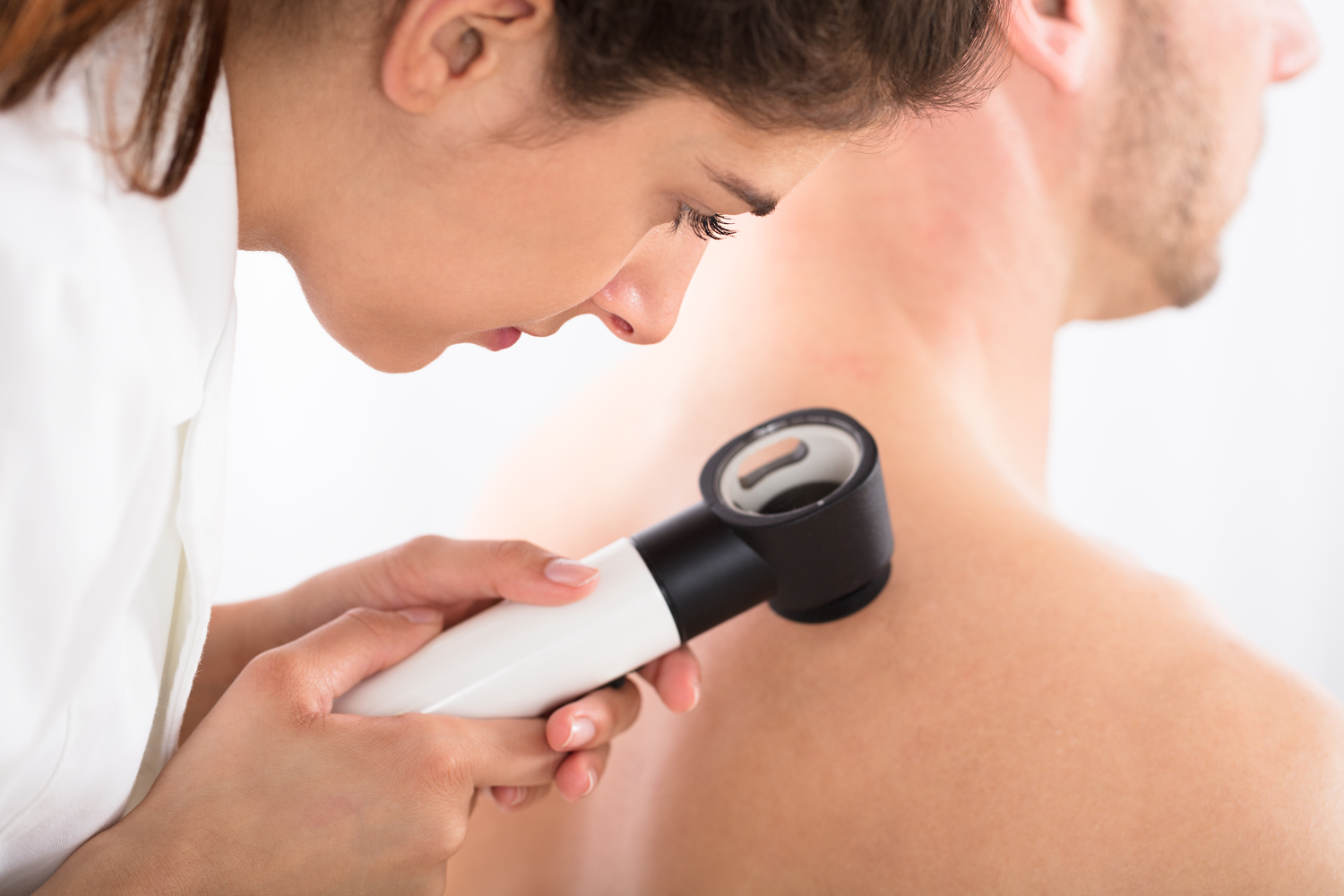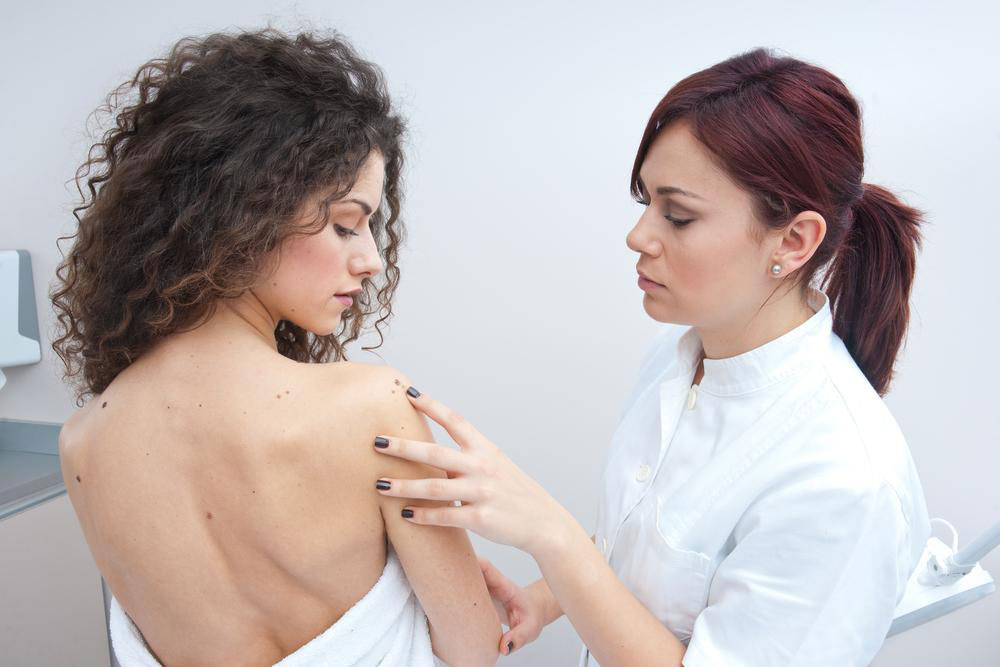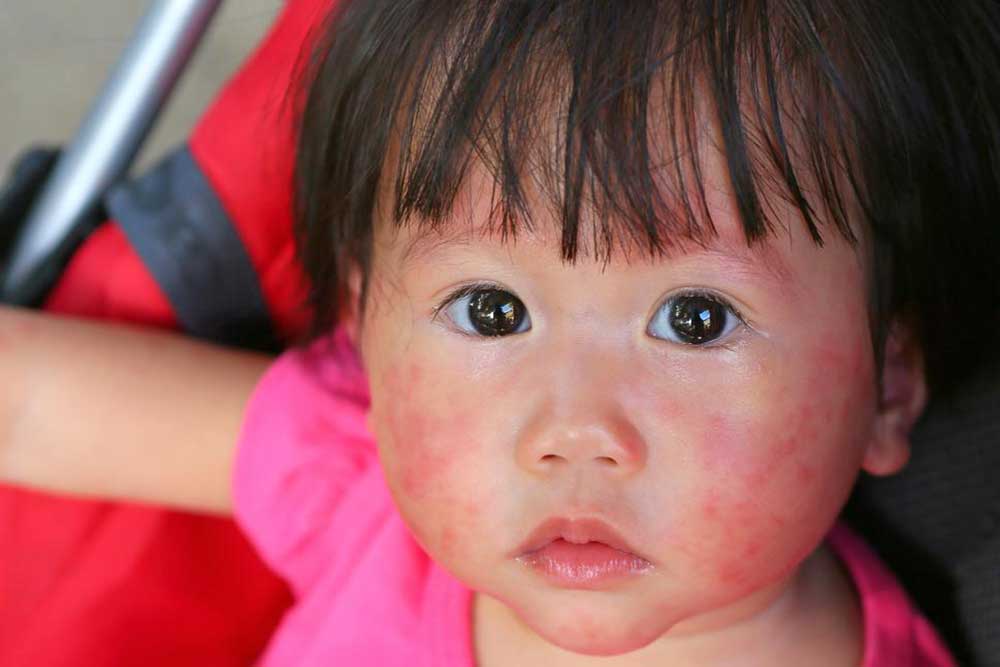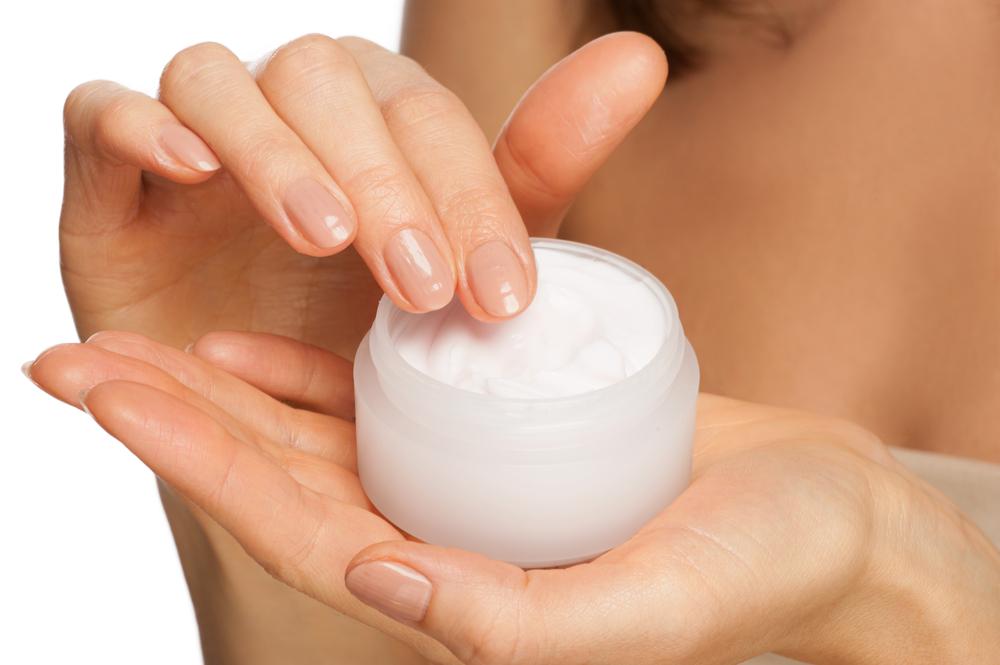The Ultimate Guide to Bacterial Skin Infections: Causes, Symptoms, and Effective Management Strategies
This comprehensive guide explores bacterial skin infections, their symptoms, risk factors, and treatment options. Covering conditions like cellulitis, erysipelas, folliculitis, and hot tub folliculitis, it offers detailed insights into prevention and management strategies to maintain healthy skin and prevent complications. Understanding these infections aids early detection and promotes prompt, effective treatment, especially for vulnerable populations. A must-read for individuals seeking to safeguard their skin health and understand common bacterial skin conditions in depth.

In-Depth Examination of Bacterial Skin Infections and Essential Treatment Approaches
Understanding Bacterial Skin Infections: A Comprehensive Overview of Symptoms and Causes
Skin infections caused by bacteria are diverse and can vary significantly in severity, presenting a wide spectrum of symptoms from mild irritation and redness to life-threatening conditions requiring urgent medical intervention. Recognizing the signs early and understanding the root causes are critical steps toward effective management and infection prevention. While some bacterial skin conditions respond well to simple over-the-counter treatments and home care routines, others may necessitate prompt medical attention and possibly antibiotics. This extensive guide aims to shed light on common bacterial skin infections, their symptoms, risk factors, and the most effective management strategies to help individuals protect their skin health.
Key Factors That Increase the Risk of Bacterial Skin Infections
Several factors contribute to an increased likelihood of developing bacterial skin infections. Awareness of these risk factors can help individuals take proactive measures to prevent infection and seek timely treatment:
Diabetes Mellitus: Individuals with diabetes are at a heightened risk because high blood sugar levels compromise immune response, impairing white blood cell function which is essential for fighting infections.
Advanced Age: Aging naturally diminishes immune efficiency, rendering older adults more susceptible to bacterial invasions, especially if they have existing skin conditions or wounds.
Immunocompromised States: Conditions such as HIV/AIDS, hepatitis, or undergoing immunosuppressive therapies (e.g., post-transplant medications) significantly weaken the body's defenses against bacteria.
Skin Injuries: Cuts, abrasions, burns, sunburns, and other skin damages provide entry points for bacteria, increasing the risk of infection. Improper wound care can exacerbate this risk.
Chronic Skin Conditions: Diseases like dermatitis, eczema, or athlete's foot often damage skin integrity, making bacterial invasion easier.
Other Contributing Factors: Obesity, venous insufficiency, and conditions that cause poor circulation or leg swelling (edema) can predispose individuals to bacterial spread on the skin.
Exploring Common Bacterial Skin Conditions
Understanding the various types of bacterial skin infections helps in identifying symptoms early and seeking appropriate treatment options. The most common bacterial skin infections include cellulitis, erysipelas, folliculitis, and hot tub folliculitis. Each has distinct features, causes, and treatment approaches.
Cellulitis: A Deep-Skin Bacterial Infection
Cellulitis is a bacterial infection that affects the deeper layers of the skin, including the dermis and subcutaneous tissues.
This condition often begins at the site of a skin break, such as a cut, scrape, or insect bite, allowing bacteria to penetrate the skin barrier.
Characteristic symptoms include redness, swelling, warmth, tenderness, and pain in the affected area. Fever and chills may accompany severe cases.
While common in the lower legs, cellulitis can also occur on the face, arms, or hands, particularly following skin trauma or injury.
Individuals with underlying health issues such as diabetes, obesity, or circulatory problems are at increased risk for developing cellulitis.
Proper wound hygiene and prompt treatment of skin injuries are crucial in preventing cellulitis.
Diagnosis is primarily clinical but may include blood tests and imaging if deeper tissue involvement is suspected. Antibiotic therapy remains the mainstay of treatment.
Erysipelas: The Bright Red Skin Infection
Erysipelas, also known as St. Anthony's fire, presents as a sharply demarcated, bright red area on the skin with prominent edges.
The infection frequently affects the face and legs and may cause systemic symptoms such as fever, headache, and fatigue.
It is caused predominantly by beta-hemolytic Streptococcus bacteria and can rapidly spread if untreated.
Characteristic features include raised borders, streaking of lymphatic channels, and warmth over the affected skin.
Individuals with immune deficiencies, lymphedema, or chronic illnesses such as diabetes are at heightened risk.
Effective treatment primarily involves antibiotics like penicillin, with early diagnosis crucial to prevent complications.
Folliculitis: Infection of Hair Follicles
Folliculitis is a superficial bacterial infection confined to hair follicles, presenting as small, red, or yellow pustules.
The condition can be caused by various factors, including shaving, friction from tight clothing, chemical irritation, excessive sweating, or water exposure.
Staphylococcus aureus is the most common causative agent, especially in immunocompromised or hospitalized individuals.
Lesions may resolve spontaneously within a few days, but persistent or deep infections may lead to swelling, redness, or abscess formation.
Topical antibiotics such as erythromycin, clindamycin, or benzoyl peroxide are often effective in accelerating healing.
Practicing good hygiene and avoiding skin trauma can reduce the risk of folliculitis.
Hot Tub Folliculitis: An Unfortunate Result of Contaminated Water
This form of folliculitis is caused by Pseudomonas aeruginosa bacteria thriving in inadequate or unclean hot tub water.
The bacteria colonize the water and infect hair follicles when skin comes into contact with contaminated water, especially after water immersion or bathing.
Symptoms typically include red, itchy bumps that resemble small pimples or pustules.
Most cases are self-limiting and resolve within a week or two without specific treatment.
Home remedies, such as applying warm compresses, may help soothe symptoms and promote healing.
Preventive measures include maintaining proper hot tub sanitation, regularly cleaning filters, and avoiding water entry if skin is damaged.
Consulting a healthcare professional is recommended if symptoms persist or worsen.
In summary, bacterial skin infections are common but manageable health concerns that require prompt recognition and appropriate care. Maintaining good skin hygiene, avoiding injury, and seeking early medical advice are effective strategies for preventing and treating these infections. If you suspect a bacterial skin infection or experience persistent symptoms, consult a healthcare professional for accurate diagnosis and optimal treatment plans. Remember, early intervention is key to preventing complications and ensuring skin health.





